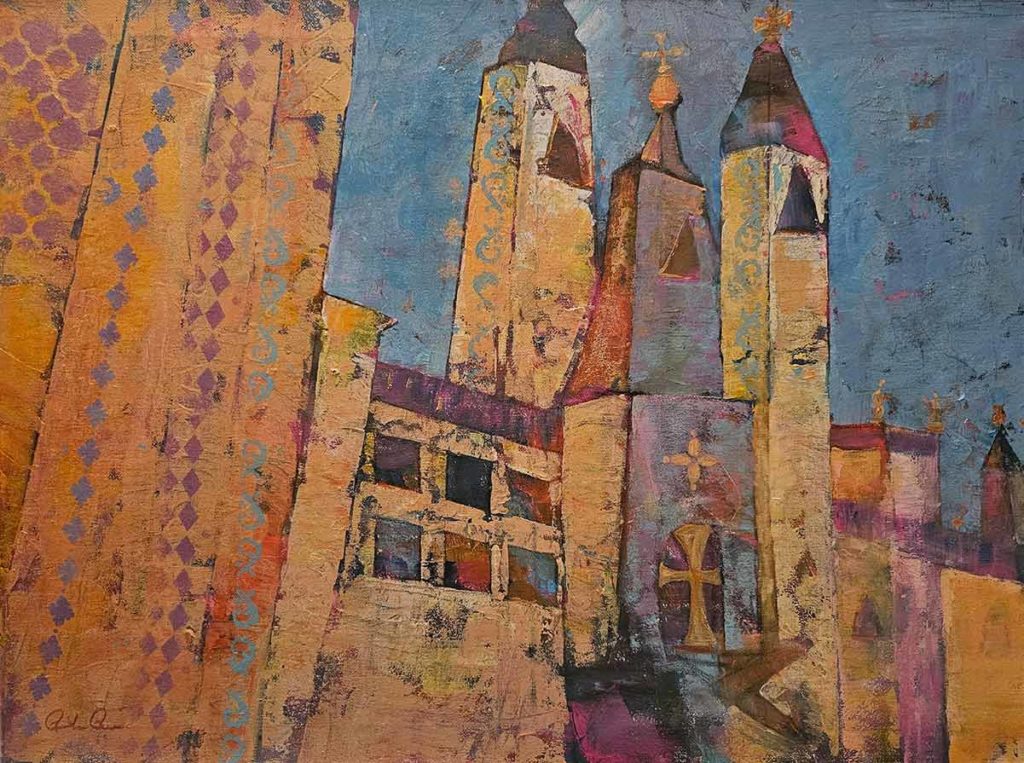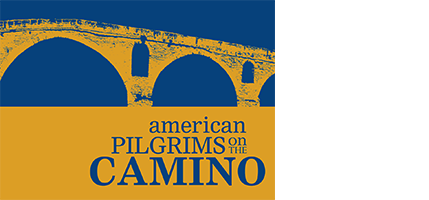The Transformative Journey of the Camino


The Transformative Journey of the Camino
by Alder Allensworth | Tampa, FL
The Camino de Santiago is often described as a journey of transformation, traditionally unfolding in three stages: physical, emotional, and spiritual. I would suggest that these stages closely mirror Maslow’s Hierarchy of Needs, which begins with basic physiological and safety needs, and then advances to self-actualization and transcendence.
The first stage, the physical one, demands your full attention. Like the base of Maslow’s pyramid, it involves fulfilling basic needs—food, water, shelter, and safety. Pilgrims quickly learn how to manage their backpacks, take care of their feet, and decide the optimal distance to walk each day. Priorities shift toward avoiding injuries, getting good sleep, and finding foods and routines that keep energy levels high. The steady rhythm of walking becomes grounding, helping to focus on life’s essentials.
As the body adapts, the journey progresses into the emotional stage. This corresponds with Maslow’s levels, which include love, belonging, esteem, and aesthetic experiences. Recognizable faces reappear, and connections with other pilgrims deepen. A sense of community and unconditional support develops, often unexpectedly. The Camino begins to feel like home. Confidence grows with each day’s walk. Inner doubts fade, making room for increasing self-belief. Pilgrims start pushing their limits, embracing joyful moments through journaling, singing, photography, or spontaneous dances under the stars. Emotions come to the surface, and many find healing in shared stories and silences that unfold along the way.
Eventually, the journey reaches the spiritual stage—Maslow’s peak: self-actualization and transcendence. All the lessons, insights, and challenges culminate in a sense of clarity and purpose. Pilgrims begin to understand who they are, what they value, and what they want from life. They feel transformed from the inside out, ready to return home with new wisdom.
Yet, returning home can be the hardest part. The person who set out is not the same one who returns. Friends and family may not understand the internal shift that has occurred. There’s mourning for the old identity and the comfort of once “fitting in.” But now, with greater awareness, pilgrims begin to reconcile who they were with who they have become. The work is not over—but it is more intentional. There’s clarity in knowing what to keep and what to release.
Like the spires of the cathedral, those who walk the Camino emerge renewed, reaching toward the beauty of all they have found within themselves.


